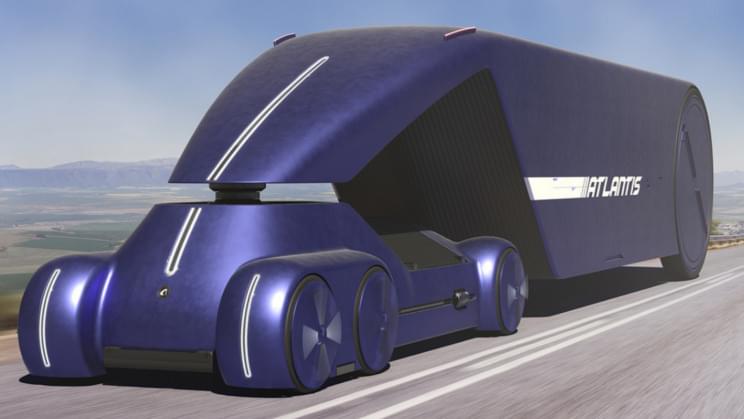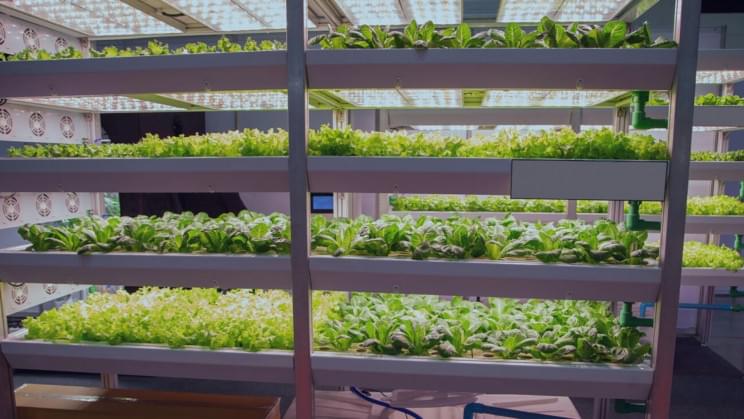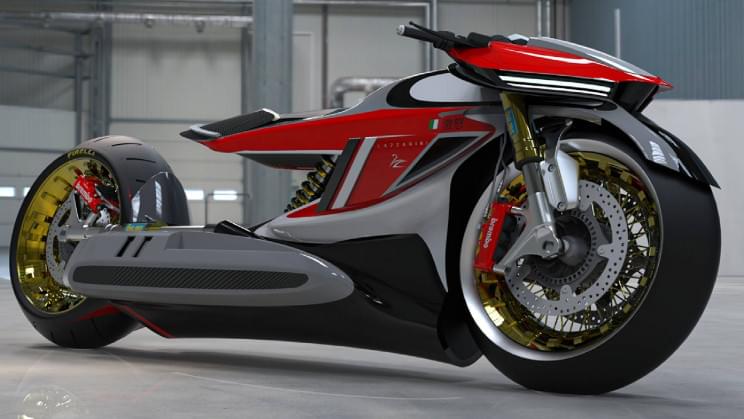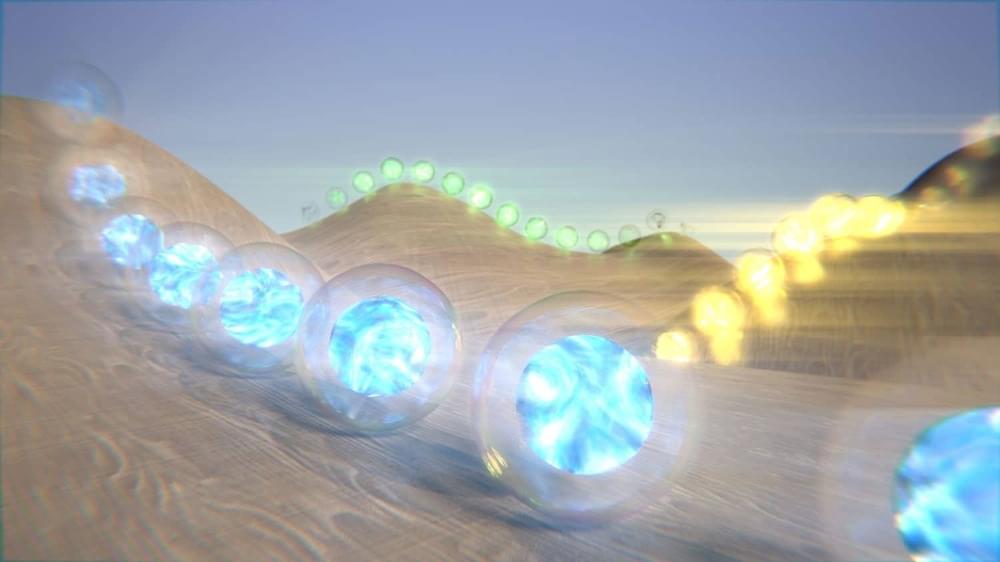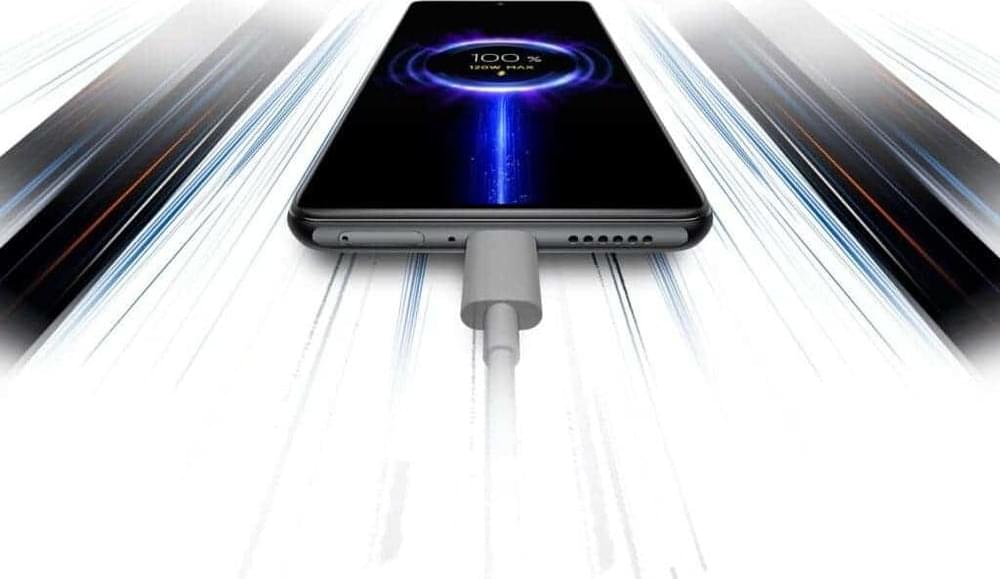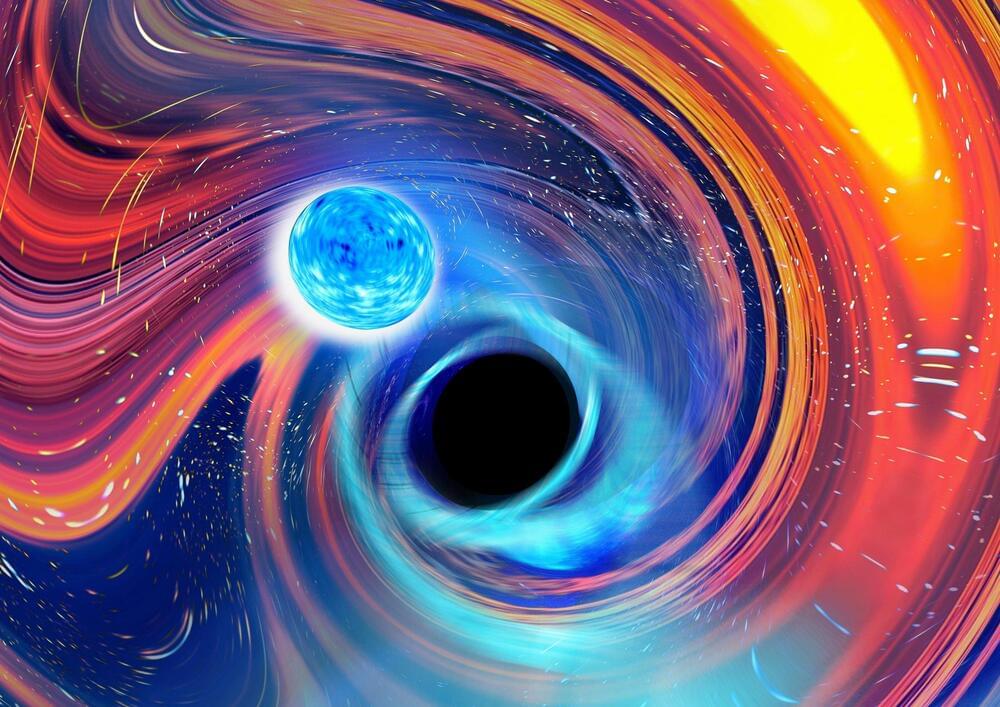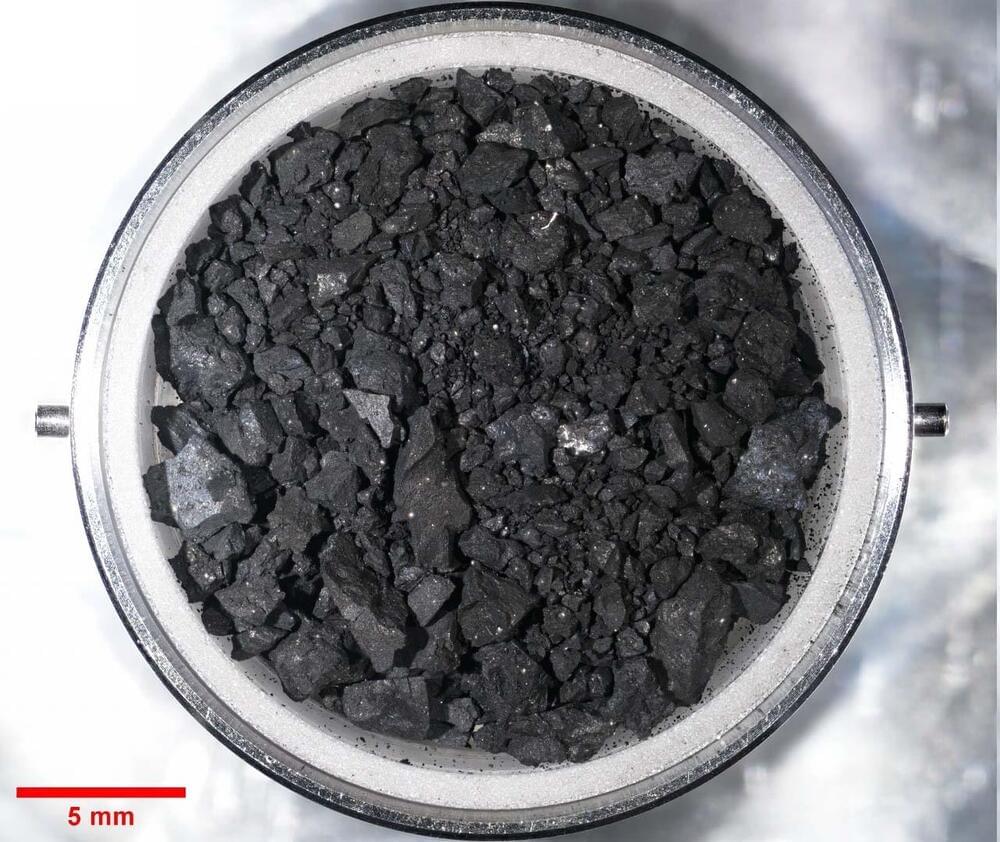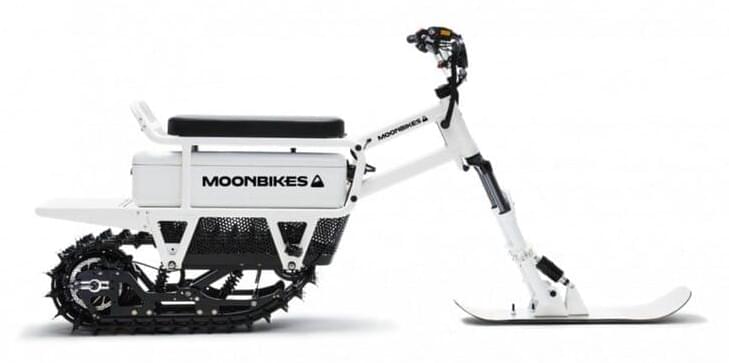With the future of transportation for cars all set to be electric, all eyes are now on how the bigger haul vehicles will make their transition. While the biggest hurdle to overcome still remains the range of these vehicles, with automation also making progress, the designs of these trucks are also set for a change.
With their Atlantis, designers Dolzhenko and Voronezhstev imagine a future where these semi-trucks have reached Level 5 automation, where vehicles are completely autonomous and require no human intervention at all. In contrast, even as it is labeled ‘Full Self Driving’, Tesla is inching closer to a Level 3 automation 0, even as it aims to achieve a Level 4 someday.
